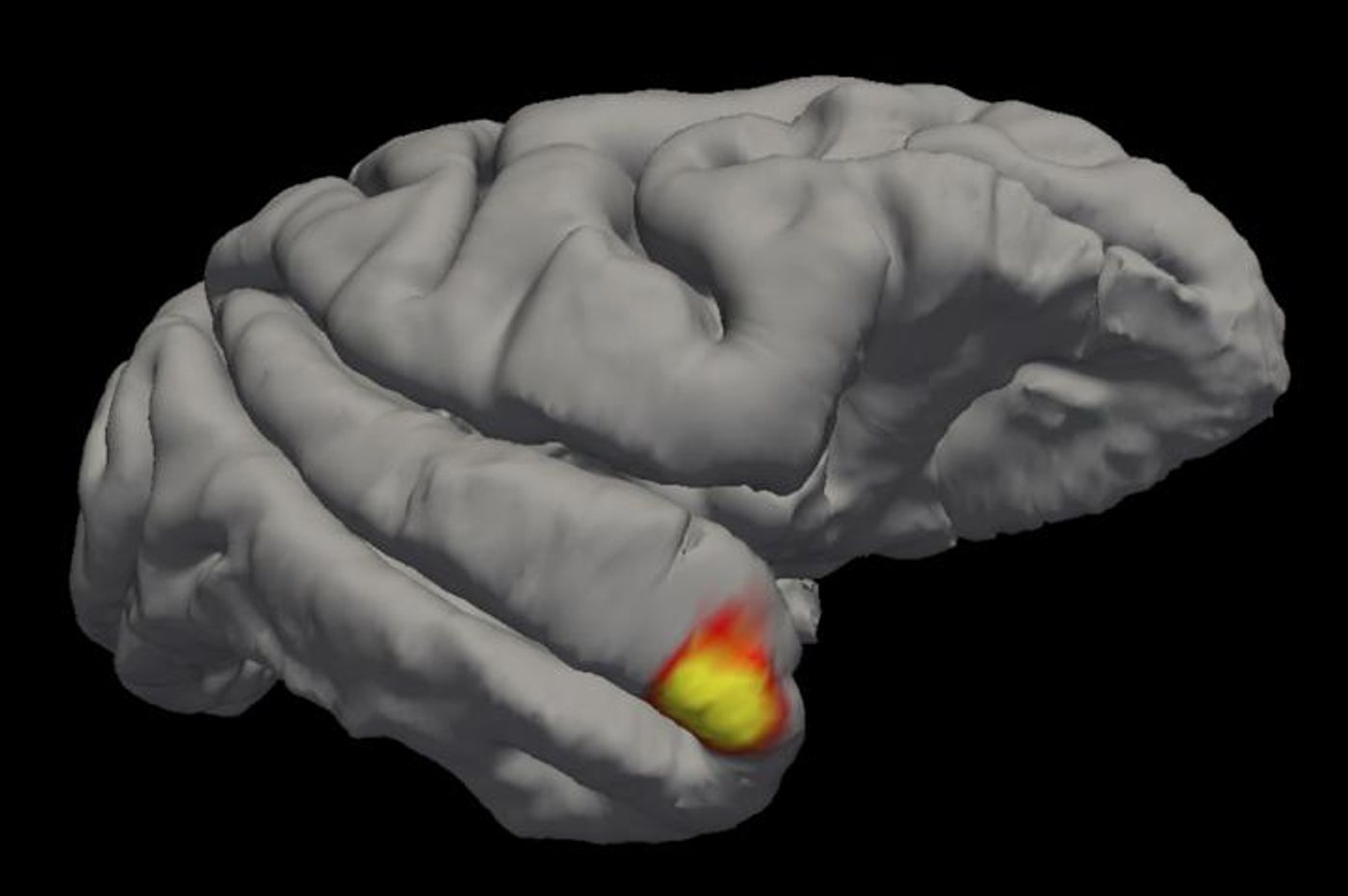It's Not a Grandmother Cell, But Maybe It's a Grandma Cluster
In the 60s, neuroscientist Jerome Lettvin proposed that specific brain cells were connected to the recognition of specific objects, using 'grandmother neuron,' as an example of one neuron that would sit at the intersection of memory and perception. Not many researchers thought that neurons would work that way, however, and the idea was seen as ridiculously simple. But a few scientists did investigate how much individual neurons might connect to one object or person. More recently, this hypothetical neuron has been called the Jennifer Aniston cell.
Researchers have now found a type of neuron in the temporal pole of the brain that connects long-term memory with facial perception; so there may not be a grandmother neuron, but maybe a collection of neurons that work together to recall her face.
"When I was coming up in neuroscience, if you wanted to ridicule someone's argument you would dismiss it as 'just another grandmother neuron,' a hypothetical that could not exist," said Winrich Freiwald, professor of neurosciences and behavior at The Rockefeller University. "Now, in an obscure and understudied corner of the brain, we have found the closest thing to a grandmother neuron: cells capable of linking face perception to memory."
Although researchers have identified sensory neurons that help us process information about faces or encounters, we still have a lot to learn about how the faces of people we see often are ingrained in us. Reporting in Science, investigators have now learned more about the process.
Freiwald and colleagues found that a small part of the brain in the temporal pole could play a role in facial recognition, so they used a rhesus monkey model to view this area with functional magnetic resonance imaging. The team also recorded electrical activity in these neurons as the monkeys were showed familiar and unfamiliar faces.
There was more activity in neurons in the temporal pole when the monkeys saw familiar faces compared to unfamiliar ones. The reaction to familiar faces was three time as strong as unfamiliar faces.
"This may point to the importance of knowing someone in person," said first study author and neuroscientist Sofia Landi. "Given the tendency nowadays to go virtual, it is important to note that faces that we have seen on a screen may not evoke the same neuronal activity as faces that we meet in-person."
The neurons in the temporal pole might be acting like hybrids that can quickly respond to visual stimulation as well as memory cells that react to something the brain has been exposed to before. They may indeed be something like the fabled grandmother neurons. Again, however, this is a collection of cells and not an individual cell.
"They're these very visual, very sensory cells, but like memory cells. We have discovered a connection between the sensory and memory domains," Freiwald suggested. "It's a 'grandmother face area' of the brain."
Now that these neurons have been identified, scientists can learn more about how they help us recognize faces.
"We can now ask how this region is connected to the other parts of the brain and what happens when a new face appears," Freiwald said. "And of course, we can begin exploring how it works in the human brain."
This work may also provide insights into a condition called face blindness. "Face-blind people often suffer from depression. It can be debilitating, because in the worst cases they cannot even recognize close relatives. This discovery could one day help us devise strategies to help them," Freiwald said.
Sources: AAAS/Eurekalert! via Rockefeller University, Science









